Welcome again to HDR News. Autumn is upon us with its colorful photo opportunities. Trees will be blazing red, orange and yellow. The skies will usually be a deep blue and the air will be crisp but, not always. That’s why we lead off with a set of tips on how to make great landscape images in not so perfect light. When it comes to processing your images for optimal color we point you a video showing you how to use the fantastic color tools in HDR Expose, HDR Express and 32Float. Also included in this issue is a look at the iPhone 11, advice on setting pricing for your images and shooting environmental portraits with minimal lighting gear. Let’s get going!
Landscape Photography Tips – Dealing With “Bad Light”
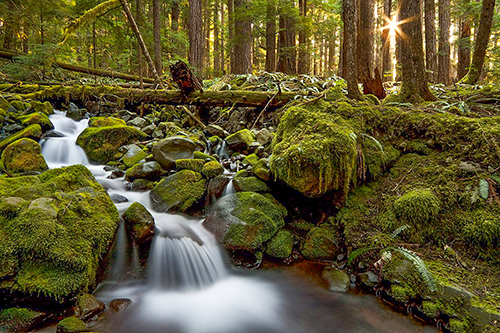 If you confine your shooting to Golden and Blue Hours you’re shooting for just about three hours a day. What if it’s overcast and you decide not to shoot at all? Well, you’ve wasted the use of God’s soft box: the clouds. What if the sun is strong and high in the sky? Do you give up and wait until Golden Hour? Not at all. You’re a talented photographer who can make wonderful photos anywhere. This article will help you get the most out of your valuable day of photography. The article includes a nice video that takes you into a harshly lit red rocks area and talks you through using shadows and shapes to make fine images.
If you confine your shooting to Golden and Blue Hours you’re shooting for just about three hours a day. What if it’s overcast and you decide not to shoot at all? Well, you’ve wasted the use of God’s soft box: the clouds. What if the sun is strong and high in the sky? Do you give up and wait until Golden Hour? Not at all. You’re a talented photographer who can make wonderful photos anywhere. This article will help you get the most out of your valuable day of photography. The article includes a nice video that takes you into a harshly lit red rocks area and talks you through using shadows and shapes to make fine images.
Learn to shoot in bad light HERE.
iPhone 11, More Than Just Catching Up To Android
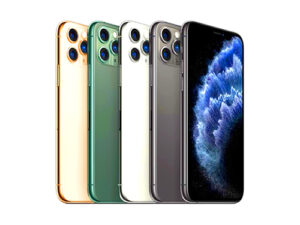 If you were following Apple’s iPhone 11 introduction you had to notice the three cameras lenses on the back of the phone. This was the telltale sign that Apple had made significant upgrades to the iPhone’s camera system which include a 13mm 35mm equivalent field-of-view (13mm!!!), powerful image processing, a new night mode, upgraded portrait mode, a wider color gamut and more.
If you were following Apple’s iPhone 11 introduction you had to notice the three cameras lenses on the back of the phone. This was the telltale sign that Apple had made significant upgrades to the iPhone’s camera system which include a 13mm 35mm equivalent field-of-view (13mm!!!), powerful image processing, a new night mode, upgraded portrait mode, a wider color gamut and more.
Read about the iPhone 11 HERE.
Charge What You’re Worth – Bad Advice
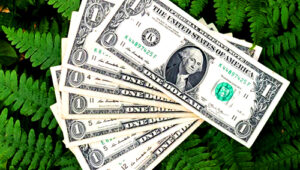 Have you ever thought about going professional as a photographer? If so, pricing is the trickiest aspect of the business side of photography. So many “how-to” articles on starting your own photo business advise that you should price your product and services at “what they’re worth” thus tying your personal worth to a number that may have no relevance to the quality of your work or the market you’re working in. This is a tough love article you need to check out if you’ve considered going pro.
Have you ever thought about going professional as a photographer? If so, pricing is the trickiest aspect of the business side of photography. So many “how-to” articles on starting your own photo business advise that you should price your product and services at “what they’re worth” thus tying your personal worth to a number that may have no relevance to the quality of your work or the market you’re working in. This is a tough love article you need to check out if you’ve considered going pro.
Learn about pricing HERE.
Getting Access And Working Minimally
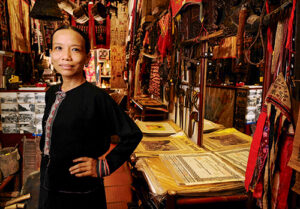 If you’re a newspaper photographer you have access to most subjects you want to photograph. Not so for the rest of us. But, there is a way. Shoot for Google 360. This article takes you through the idea of getting access by shooting for Google and walks you through a nicely lit environmental image made in a dark shop in Hanoi Vietnam with the most minimal of lighting kits.
If you’re a newspaper photographer you have access to most subjects you want to photograph. Not so for the rest of us. But, there is a way. Shoot for Google 360. This article takes you through the idea of getting access by shooting for Google and walks you through a nicely lit environmental image made in a dark shop in Hanoi Vietnam with the most minimal of lighting kits.
Learn why you don’t need a ton of equipment HERE.
Wildlife Photographer Of The Year – First Look
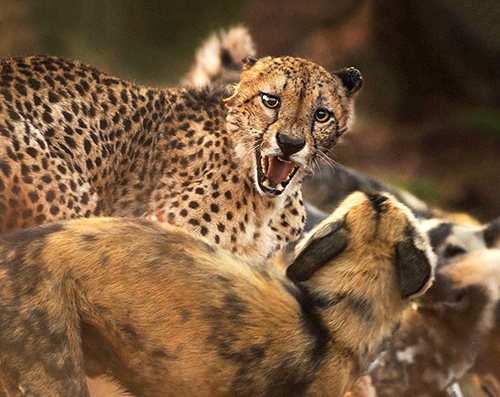 The Natural History Museum of London is an incredible institution. Famous for its dinosaur collections the Natural History Museum covers virtually everything in the natural world like birds, mammals, marine invertebrates, fishes, amphibians and even humans. What better institution than to run the Wildlife Photographer Of The Year competition. Here you can check out this year’s Exhibition Images with each image
The Natural History Museum of London is an incredible institution. Famous for its dinosaur collections the Natural History Museum covers virtually everything in the natural world like birds, mammals, marine invertebrates, fishes, amphibians and even humans. What better institution than to run the Wildlife Photographer Of The Year competition. Here you can check out this year’s Exhibition Images with each image
fully explained. It’s a really nice group of photographs.
See the wildlife images HERE.
The Power Of Color In Landscape Photography
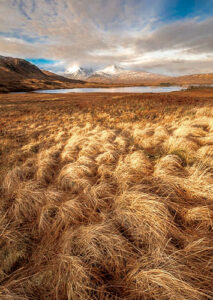 In autumn photography you want to have optimal control over your post processing. Did you know that Pinnacle’s powerful color editing tools work independently of luminance. That means if you change the exposure level (luminance) of your image you will not change your colors as would happen in most other editing apps. Also, editing your color will not affect your luminance.
In autumn photography you want to have optimal control over your post processing. Did you know that Pinnacle’s powerful color editing tools work independently of luminance. That means if you change the exposure level (luminance) of your image you will not change your colors as would happen in most other editing apps. Also, editing your color will not affect your luminance.
Want to learn more? Check out the instructional video Adjusting The Color Settings In HDR Expose 3 and 32 Float 3 on page two of our video tutorials HERE.
For an even deeper dive into the art of color, Nigel Danson is back with an excellent discussion and video on the affects of color in your landscape images. In the article’s text is a discussion on the use of both analogous (similar) colors and complimentary (opposite) colors to add subtlety or punch to your images.
Take an artistic dive into color HERE.